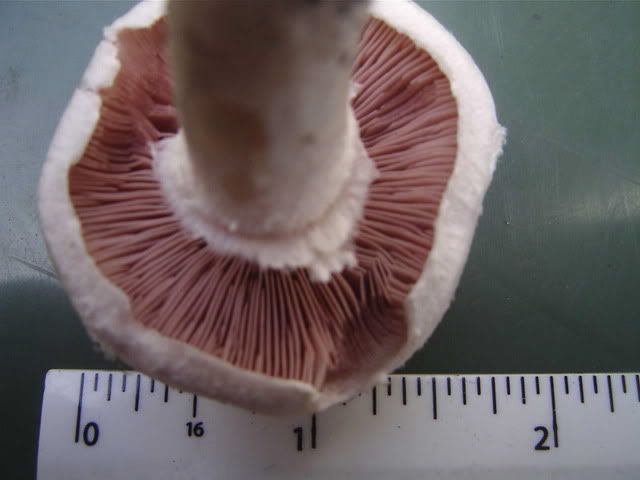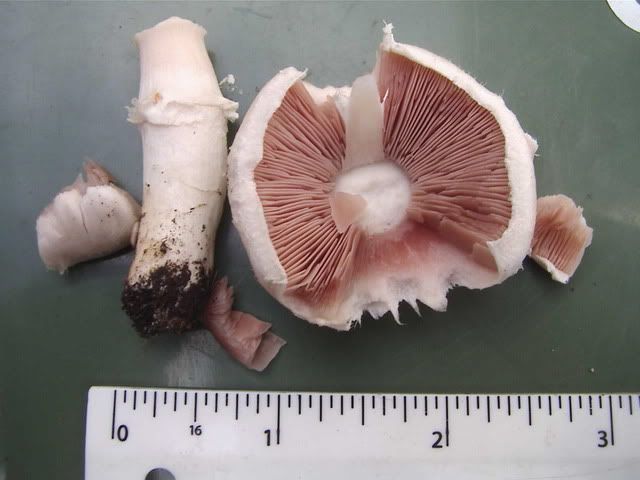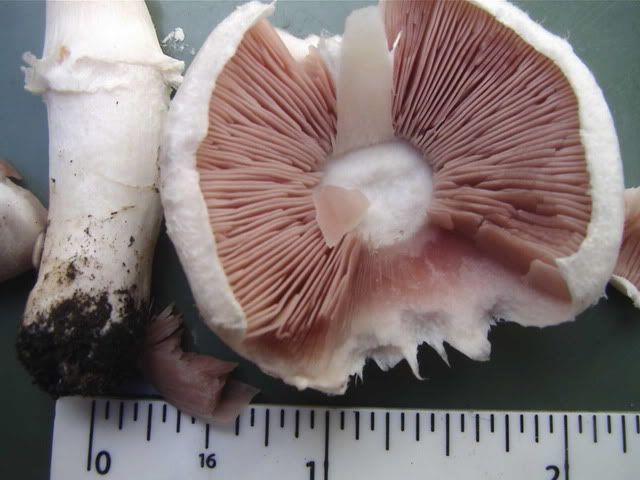Hello,
I found this fella today on the allotment and as far as I can tell it looks to be a common Field Mushroom Agaricus campestris. I am in the process of taking a spore print so I'll post details on that later.




Thanks.
I found this fella today on the allotment and as far as I can tell it looks to be a common Field Mushroom Agaricus campestris. I am in the process of taking a spore print so I'll post details on that later.




Thanks.

